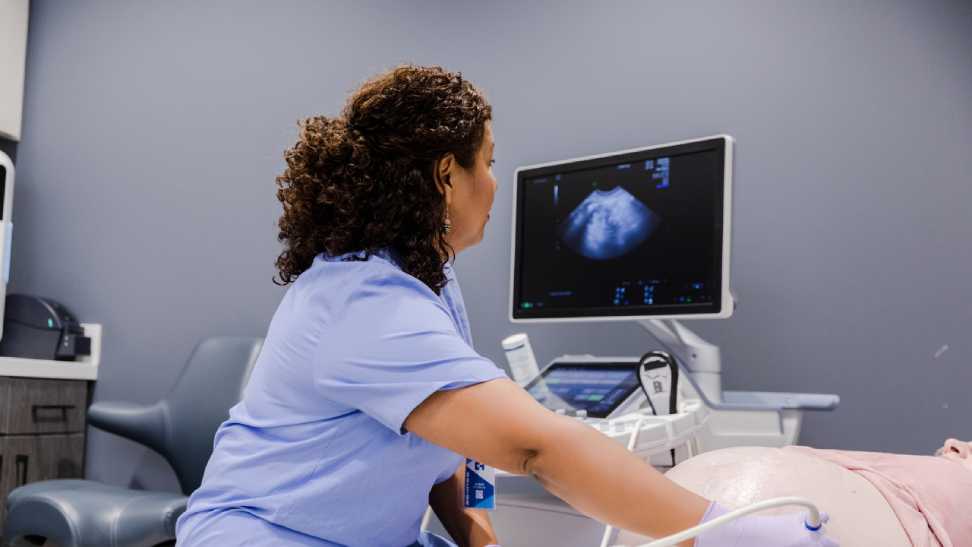In the realm of modern medicine, technological advancements continually redefine the landscape of healthcare delivery and patient care. Among these innovations, ultrasound technology stands out as a cornerstone of diagnostic imaging, offering unparalleled insights into the human body without the need for invasive procedures or ionizing radiation.
From prenatal care and obstetrics to cardiac imaging, abdominal evaluation, and interventional procedures, ultrasound has revolutionized medical practice across various specialties. This article aims to explore the multifaceted applications of ultrasound in contemporary healthcare, shedding light on its transformative role in diagnosis, monitoring, and treatment.
Through an in-depth examination of its diverse uses and continual advancements, we unravel the profound impact of ultrasound technology on shaping the present and future of medicine.
The Power of Ultrasound in Modern Medicine
Ultrasound technology has revolutionized the field of medicine, offering non-invasive imaging capabilities that enable healthcare providers to diagnose and monitor various medical conditions with precision and accuracy.
Understanding Ultrasound Technology
Ultrasound, also known as sonography, utilizes high-frequency sound waves to create real-time images of internal body structures. Unlike other imaging techniques such as X-rays and CT scans, the ultrasound does not involving in the ionizing radiation, making it safe for use, especially during pregnancy.
Applications in Medical Diagnosis
Ultrasound plays a crucial role in diagnosing a wide range of medical conditions across different specialties. From obstetrics and gynecology to cardiology, gastroenterology, and musculoskeletal imaging, ultrasound provides valuable insights into anatomical abnormalities, organ function, and tissue characteristics.
Prenatal Care and Obstetrics
One of the most well-known applications of ultrasound is in prenatal care. Obstetric ultrasound allows healthcare providers to monitor fetal development, detect any anomalies, and assess the health of both the mother and the baby throughout pregnancy. This technology has significantly improved prenatal diagnosis and management, leading to better outcomes for expectant mothers and their babies.
Cardiac Imaging
Ultrasound imaging of the heart, known as echocardiography, is indispensable in evaluating cardiac structure and function. It enables healthcare providers to assess heart valves, chambers, and blood flow, aiding in the diagnosis and management of various cardiovascular conditions such as heart failure, valve disorders, and congenital heart defects.
Diagnostic Abdominal Imaging
In abdominal ultrasound, sound waves are used to visualize organs such as the liver, gallbladder, pancreas, kidneys, and spleen. This imaging modality helps detect abnormalities such as tumors, cysts, or gallstones, facilitating early diagnosis and appropriate treatment planning for conditions affecting the abdominal organs.
Musculoskeletal Ultrasound
Musculoskeletal ultrasound is increasingly being used to evaluate soft tissue and joint abnormalities, including tendon tears, ligament injuries, and inflammatory conditions such as arthritis. This non-invasive imaging technique allows for accurate localization of pathology and precise guidance for therapeutic interventions such as injections or aspirations.
Breast Imaging
Ultrasound complements mammography in breast imaging by providing additional information about breast lesions, especially in women with dense breast tissue. Breast ultrasound is valuable for characterizing suspicious masses, distinguishing between cysts and solid tumors, and guiding biopsies for further evaluation.
Interventional Ultrasound Procedures
Beyond diagnostic imaging, ultrasound is also used for various interventional procedures. Ultrasound-guided biopsies, aspirations, and injections offer a minimally invasive approach to tissue sampling and therapeutic interventions, reducing patient discomfort and recovery time.
Advancements in Ultrasound Technology
Continual advancements in ultrasound technology, including the development of high-resolution imaging, 3D/4D capabilities, and portable handheld devices, are expanding its utility and accessibility across different healthcare settings. These innovations hold the promise of further enhancing diagnostic accuracy, improving patient outcomes.
Have A Look :-
- 11 Dining Room Curtain Ideas In 2024
- Top 20 Famous Red Wallpaper For Your Home To Decorate With
- Top 10 Laundry Room Door Ideas for Functionality and Style in 2024

